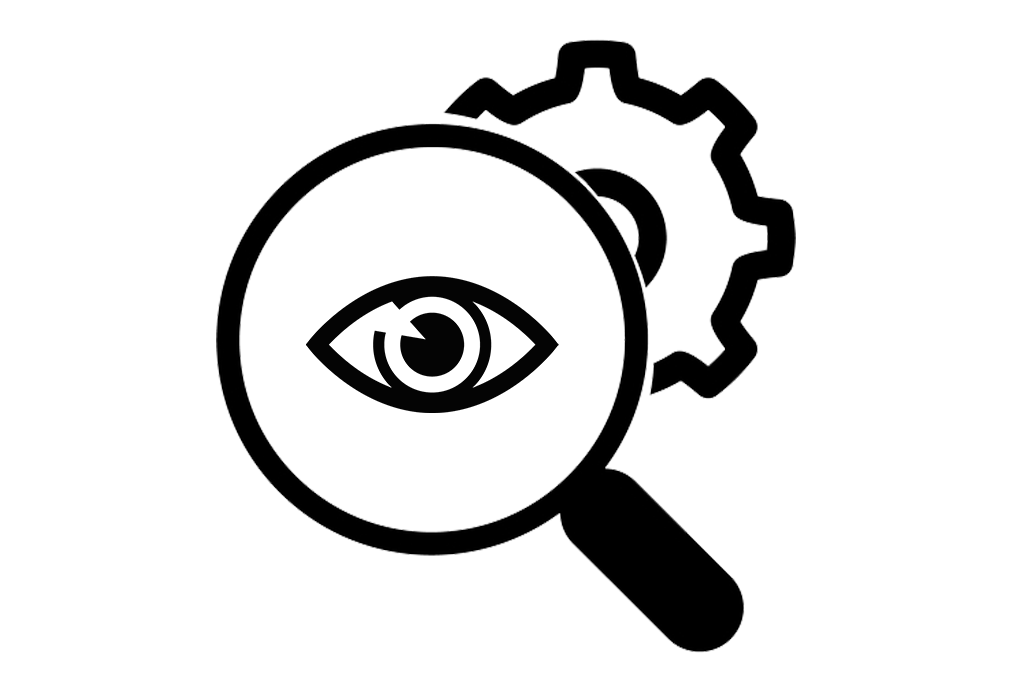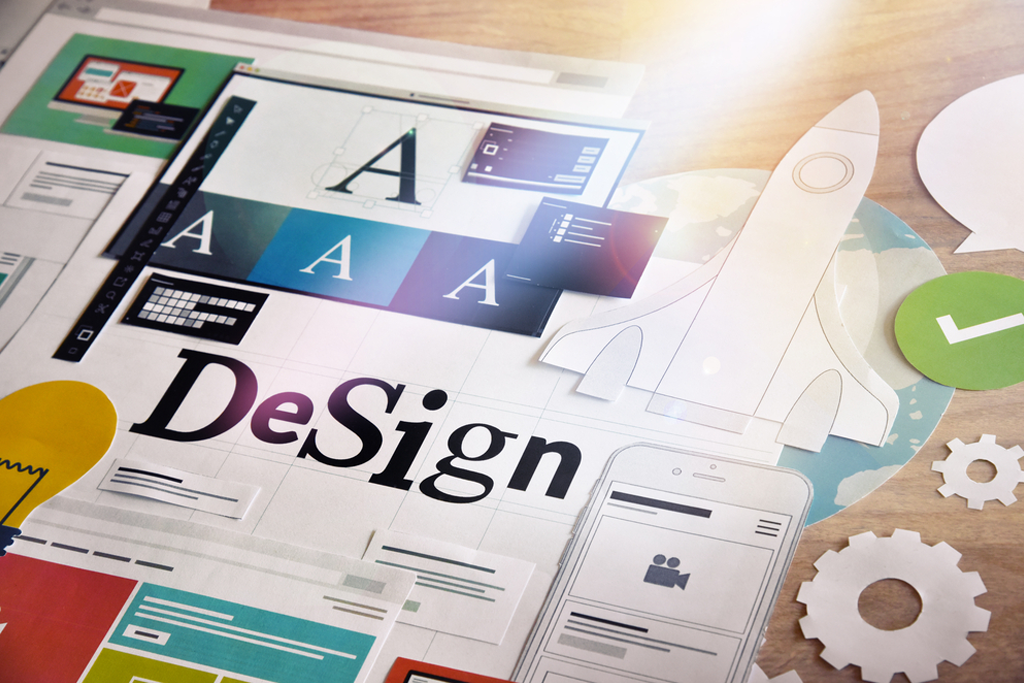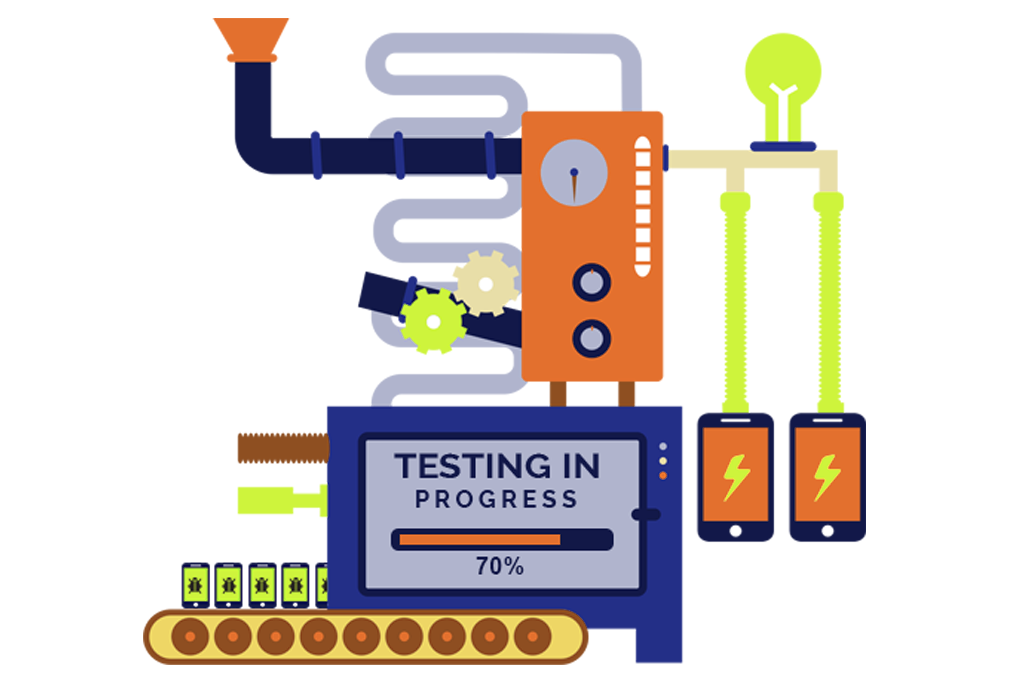
UX Designer: Roles and Responsibilities
Understanding UX Designer Roles and Responsibilities
Every company wants a jack-of-all-trades in UX designing. While venturing down the rabbit hole for a perfect or concocted UX designer is quite difficult. So through this blog, we will highlight major UX designer roles and responsibilities.
Fundamentals Followed by UX Designers
UX design is a user-centered discipline that involves multiple facets, including research, design, testing, and iteration. The success of any UX project depends on how well designers follow these fundamentals. By focusing on user experience, designers can create intuitive and engaging products.
UX Designer Responsibilities
While the role of UX designers dramatically varies from company to company as every company has different projects. Thus if your question is how a UX designer works daily? Then the answer is “it depends.”
There are some general functions of a UX designer despite a variety of roles and responsibilities irrespective of the company profile.
“There are three responses to a piece of design– yes, no, and WOW! Wow is the one to aim for.” — Milton Glaser
Let’s have a look at the six main responsibilities of UX designers:

Research

This foundation step of UX designing is centered around market and user research. Designers need to understand customer needs, goals, motivations, and behaviors. They get into the minds of the target audience through research and create designs accordingly. Instead of throwing darts in darkness and making assumptions, thorough research helps designers make solid decisions.
Channels of research include:
- Online surveys
- Interviews with stakeholders & users
- Focus groups
- Competitive analysis
Informed personas (fictional representations of real end-users) are developed by analyzing the collected data. The next stage of the UX design process completely relies on these personas.
Importance of product research:
- Desired sketches and layouts are designed as per user and stakeholder requirements.
- It teaches designers about user behavior, needs, motivation, and goals.
- It helps UX designers identify opportunities and understand industry standards.
- It aids in product prioritization.
Design

In this stage, designers sketch the product designs based on personas developed after researching target users. As per the content scenarios, designers create structure. Scenarios are crucial for UX designers as they help in understanding the customer’s journey and how the product fits into the user’s life.
“Design used to be the seasoning you’d sprinkle on for taste; now it’s the flour you need at the start of the recipe.” — John Maeda, Designer and Technologist
At this stage, designers follow the practice of information architecture, which is further divided into three stages:
- Structuring
- Labeling
- Wireframing
Wireframing helps showcase the final look (program, app, website, or software) of a product. This technique is essential for visualizing product design and enhancing customer experience. It is a low-fidelity representation of a design.
Prototyping
Here, a draft version of the product is prepared by the designer. This phase includes major UX designer roles and responsibilities as the process revolves around experimenting with designs, correcting errors, improving ideas, and developing data. After completing these steps, designers share the product with other team members, including management. Product usability and functionality are thoroughly checked.
Many people confuse the terms “prototype” and “wireframe”, but there is a significant difference. They look different, serve different purposes, and communicate differently. A prototype is a middle- to high-fidelity representation of the final product.
Properties of prototyping:
- It provides an idea of how to interact with a product.
- Prototypes can be recorded as videos using modern tools like AdobeXD instead of static images.
- Prototypes can be tested with users to gather feedback and refine the design.
- It allows users to experience content and test interactions before the final product is built.
Testing

This stage helps identify problems that arise when users interact with the product. Product testing is like observing customers and involves complex test procedures. It also allows the presentation of various versions of the product to determine the best one. If designers identify problem areas, they may interview users, create questionnaires, and conduct surveys.
One of the most common ways to conduct product testing is by performing an in-person user test to observe user behavior. To create a better user experience, a UX designer gathers and analyzes verbal and non-verbal feedback from users.
Measurement (UX Designing – A Never-Ending Process)
“One accurate measurement is worth more than a thousand expert opinions.” – Grace Hopper
UX is an ongoing process that continues as long as the product is in use. Continuous testing ensures customer satisfaction is met. Designers make improvements and alterations as per requirements.
A common way to measure success is by analyzing how likely a customer is to recommend a product to others.
UX Design Job Titles
A designer is an architect of experience and builds a model with creativity and experience.
Roles of an experienced UX designer include:
- Experience Designer
- Interaction Designer
- Information Architect
UI/UX Development Service
An effective UX design process involves careful research, wireframing, prototyping, and testing to ensure a seamless user experience. If you’re looking for a UI/UX Development Service, it’s essential to work with professionals who understand user behavior and industry trends. UX designers create intuitive digital products that enhance user satisfaction and business growth.
Conclusion
From the above points, it’s quite clear that the role of a UX designer is complex, challenging, and multifaceted. If you want to hire a UX designer or a UX designing company in India, consider the above steps before making a decision.
In case you have any queries, please feel free to contact us at contact@gkmit.co.